Fall 2018
CS194-26 - Project 6a
[Auto] Stitching Photo Mosaic
Regina Ongowarsito - cs194-26-aeq
10/10/2018
0: Summary
Using correspondence points, we warp two different images of the same scene via recovered homographies to create panoramas. In further developments, we introduce an algorithm to automatically identify effective correspondence points.
1: Image Rectifying
Lower Sproul Scenery
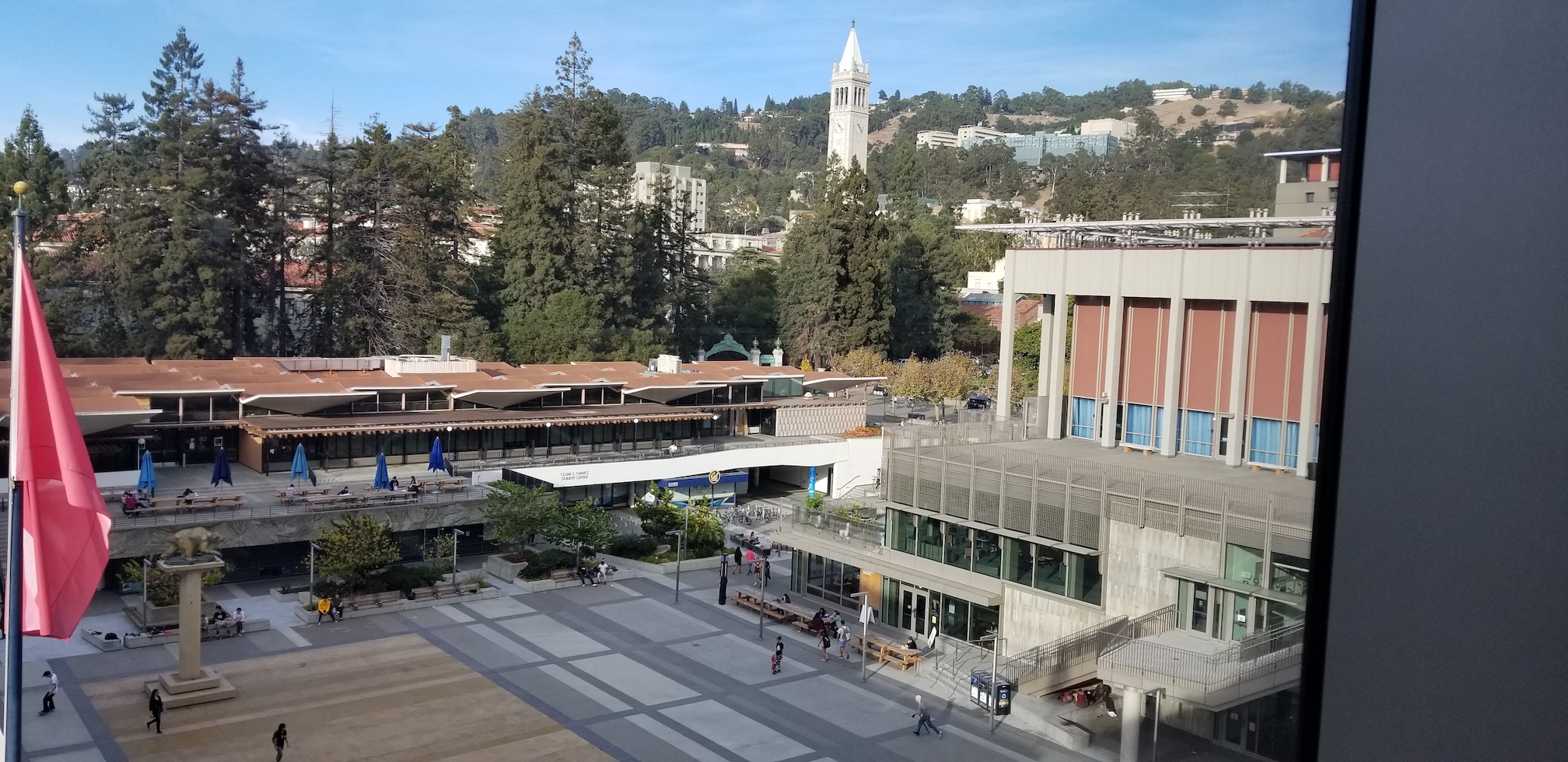
Before
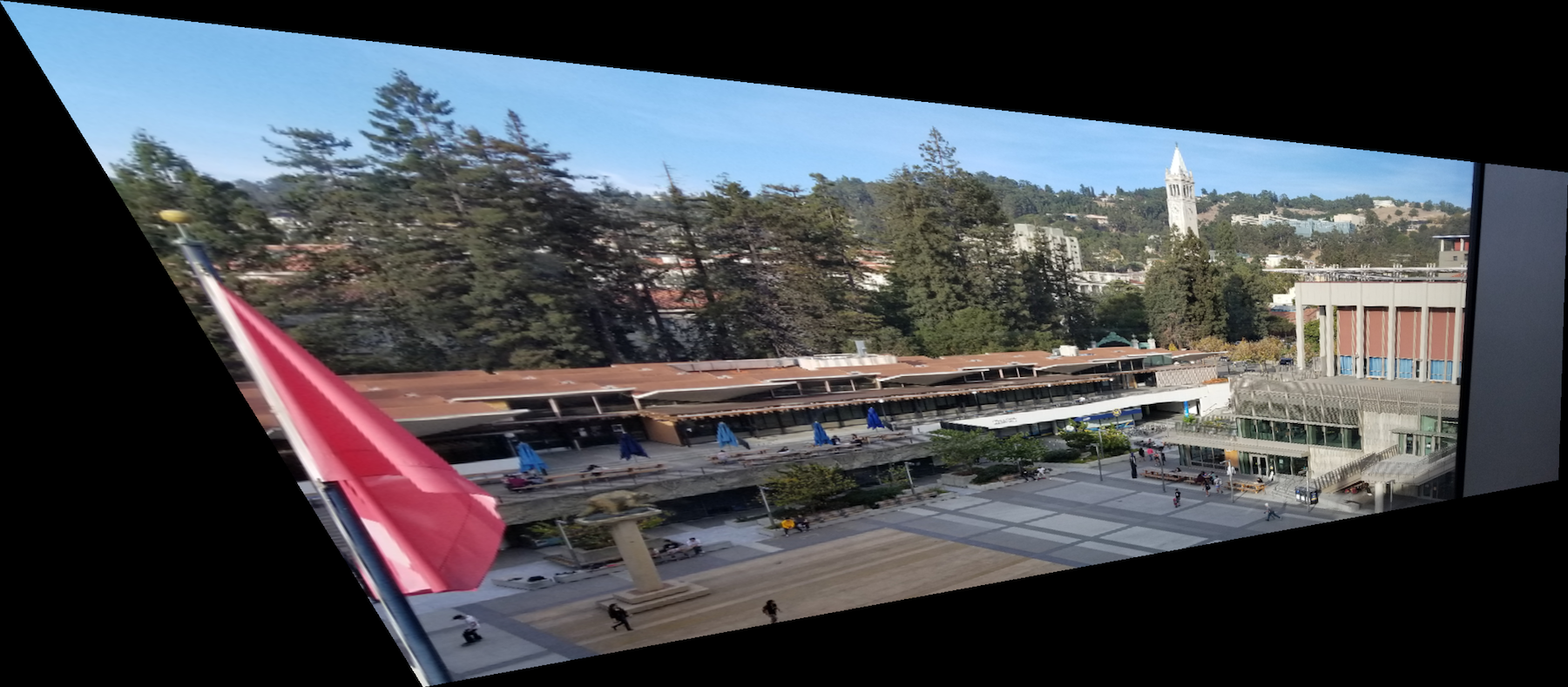
After, rectifying on MLK's columns on the right of the image
Can't Read The Lecture Slide
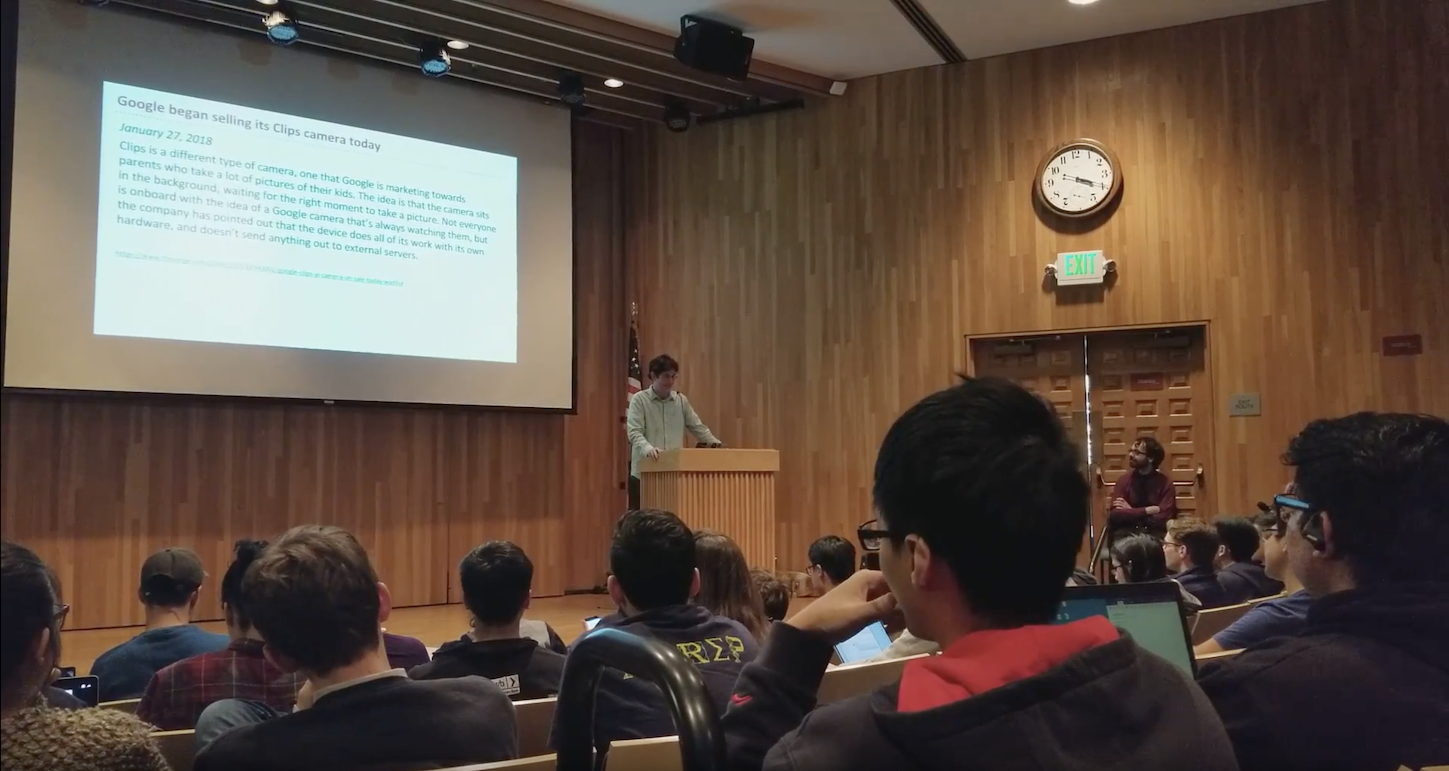
Before
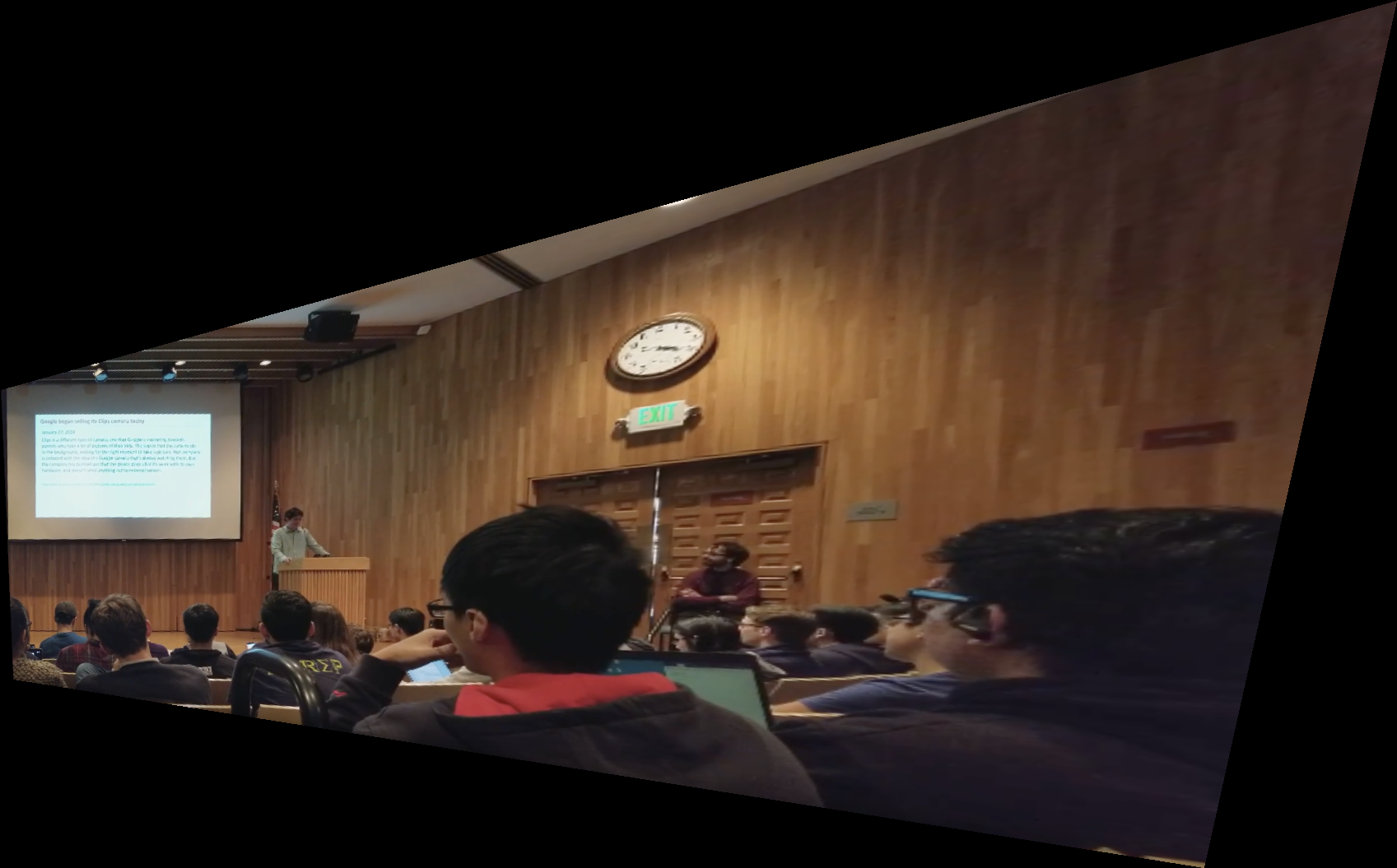
After, rectifying on the lecture slide
2: Mosaicing
.
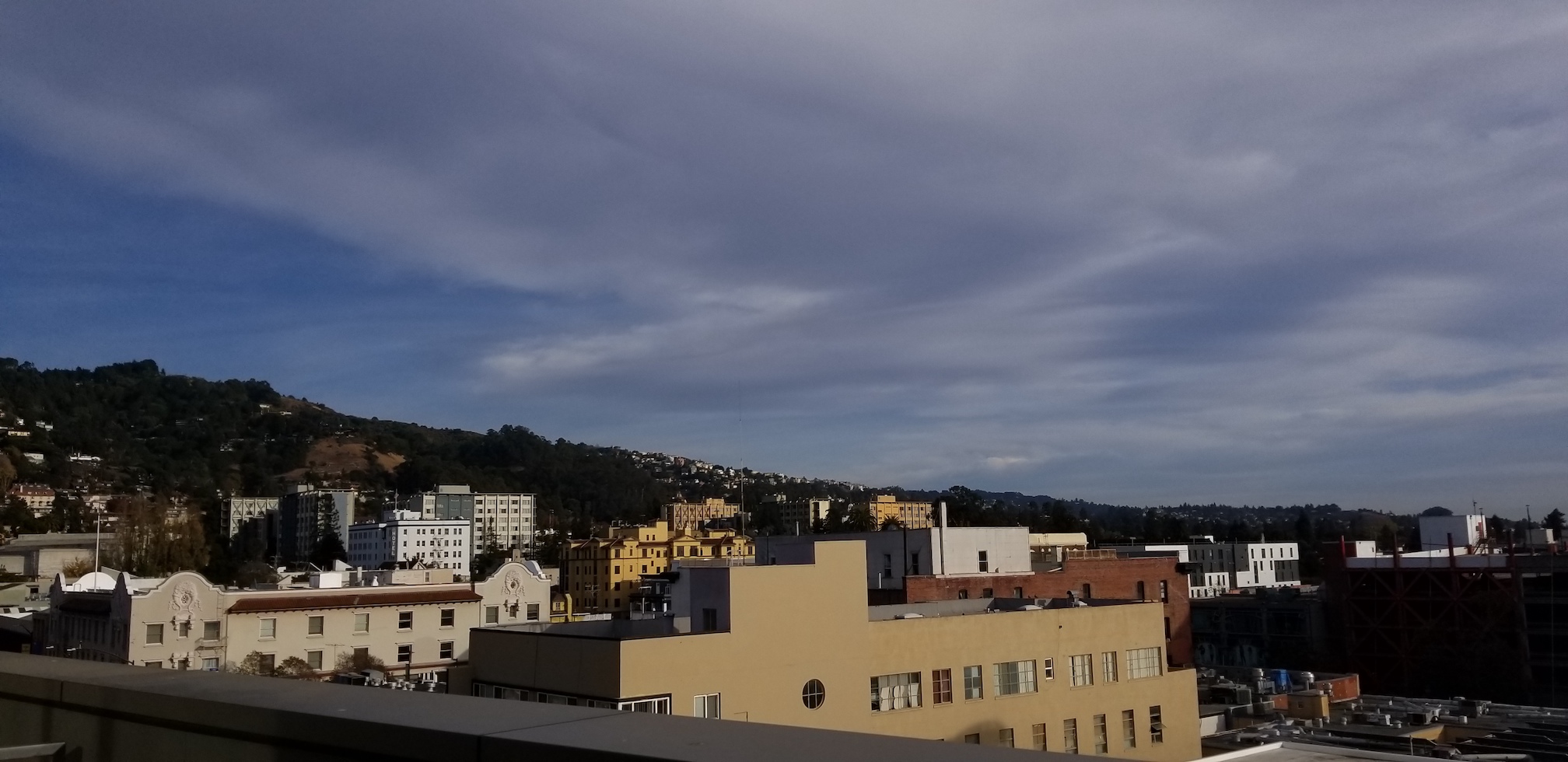
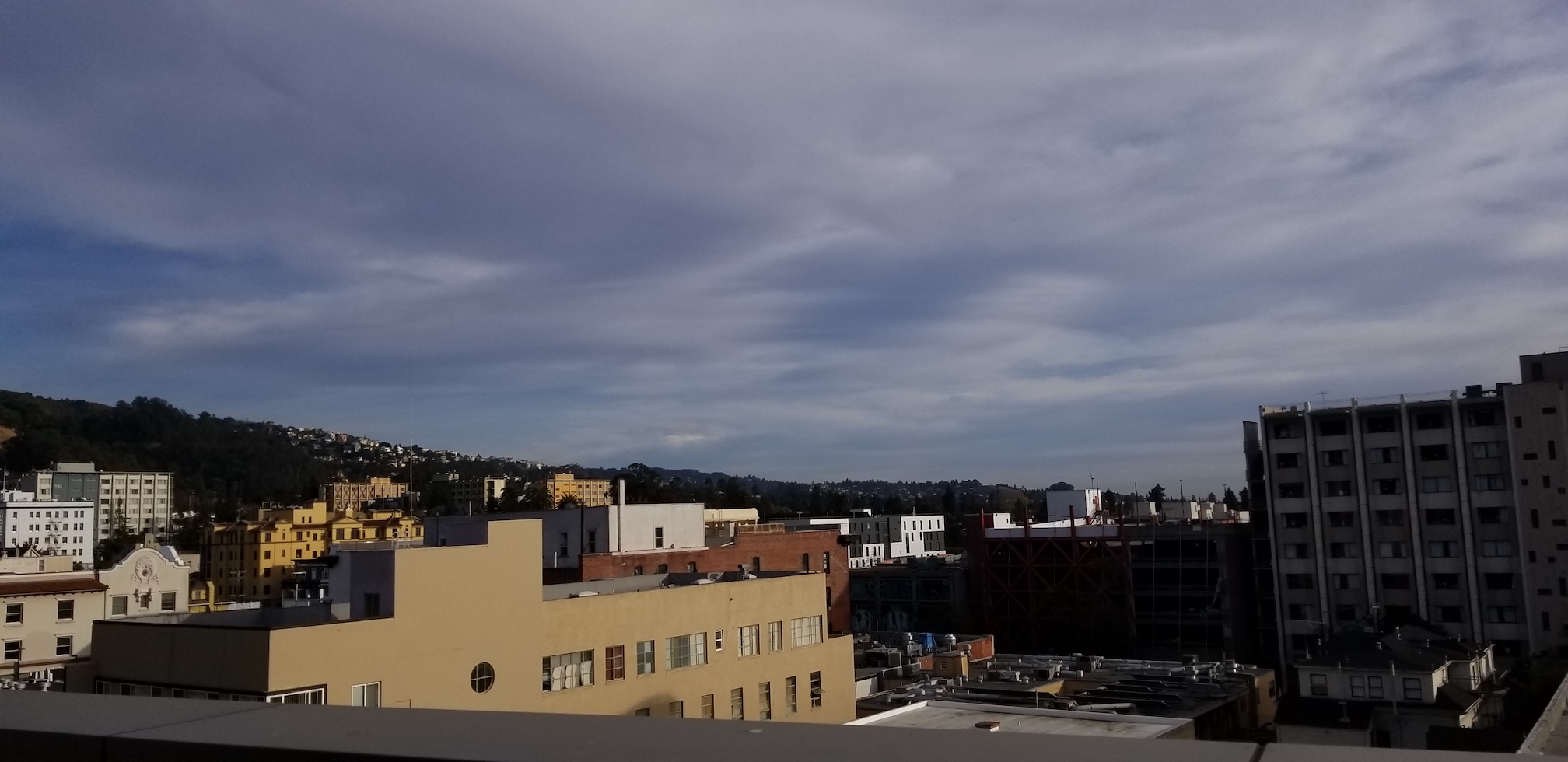
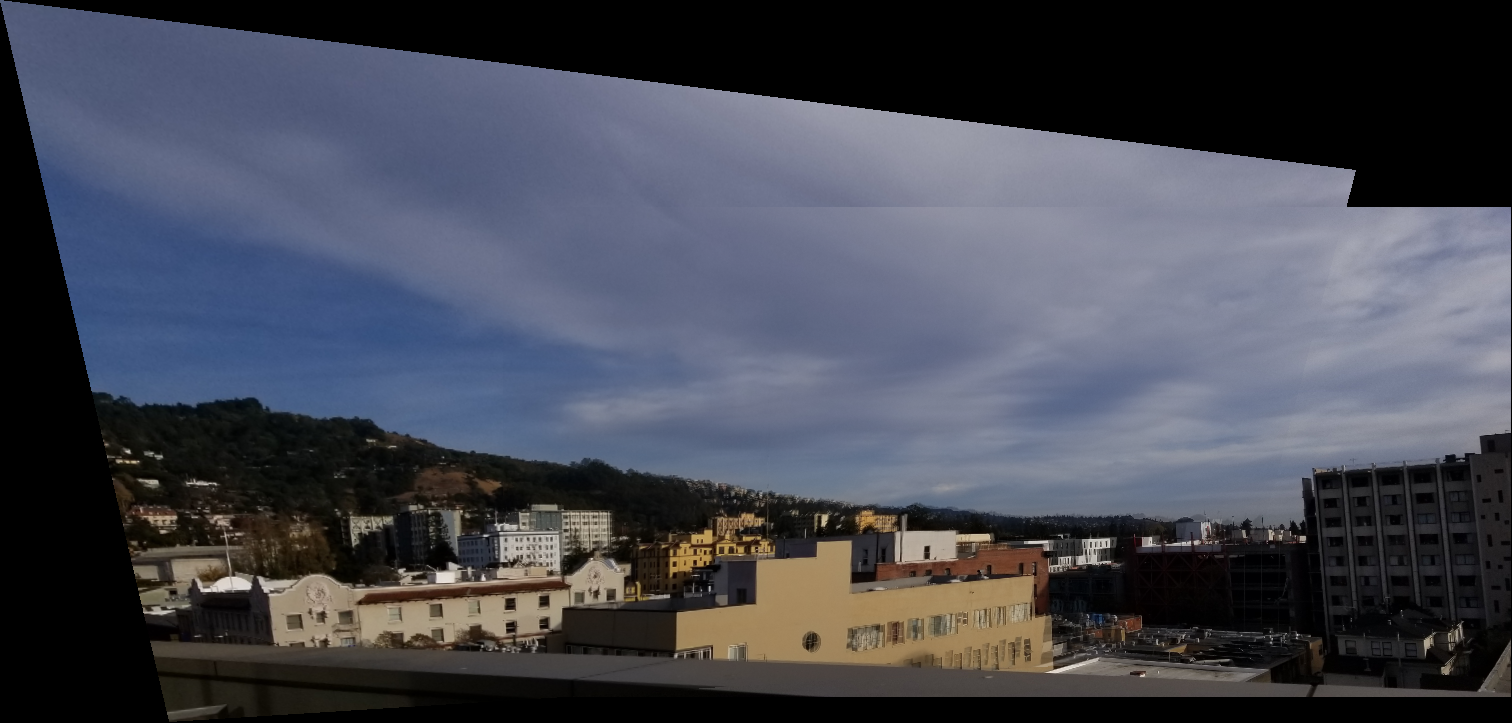
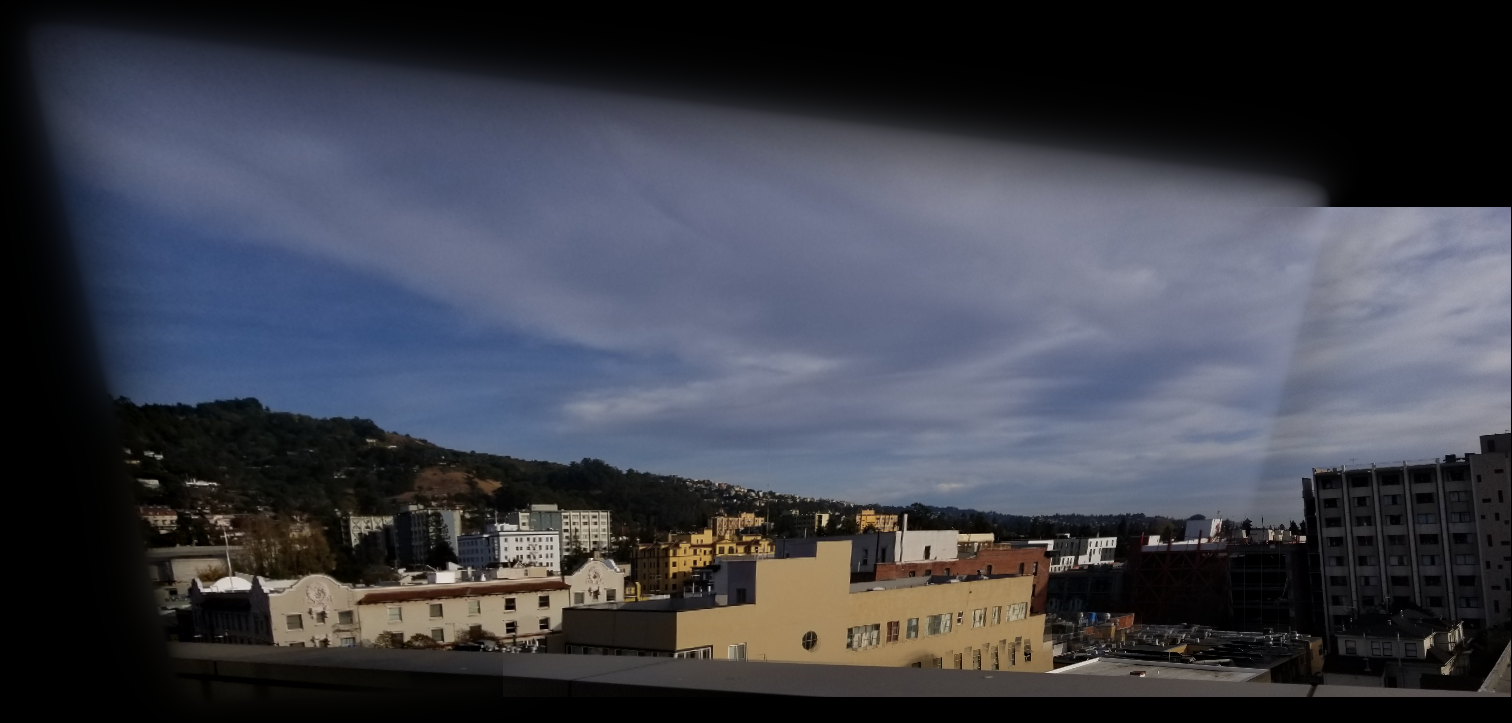

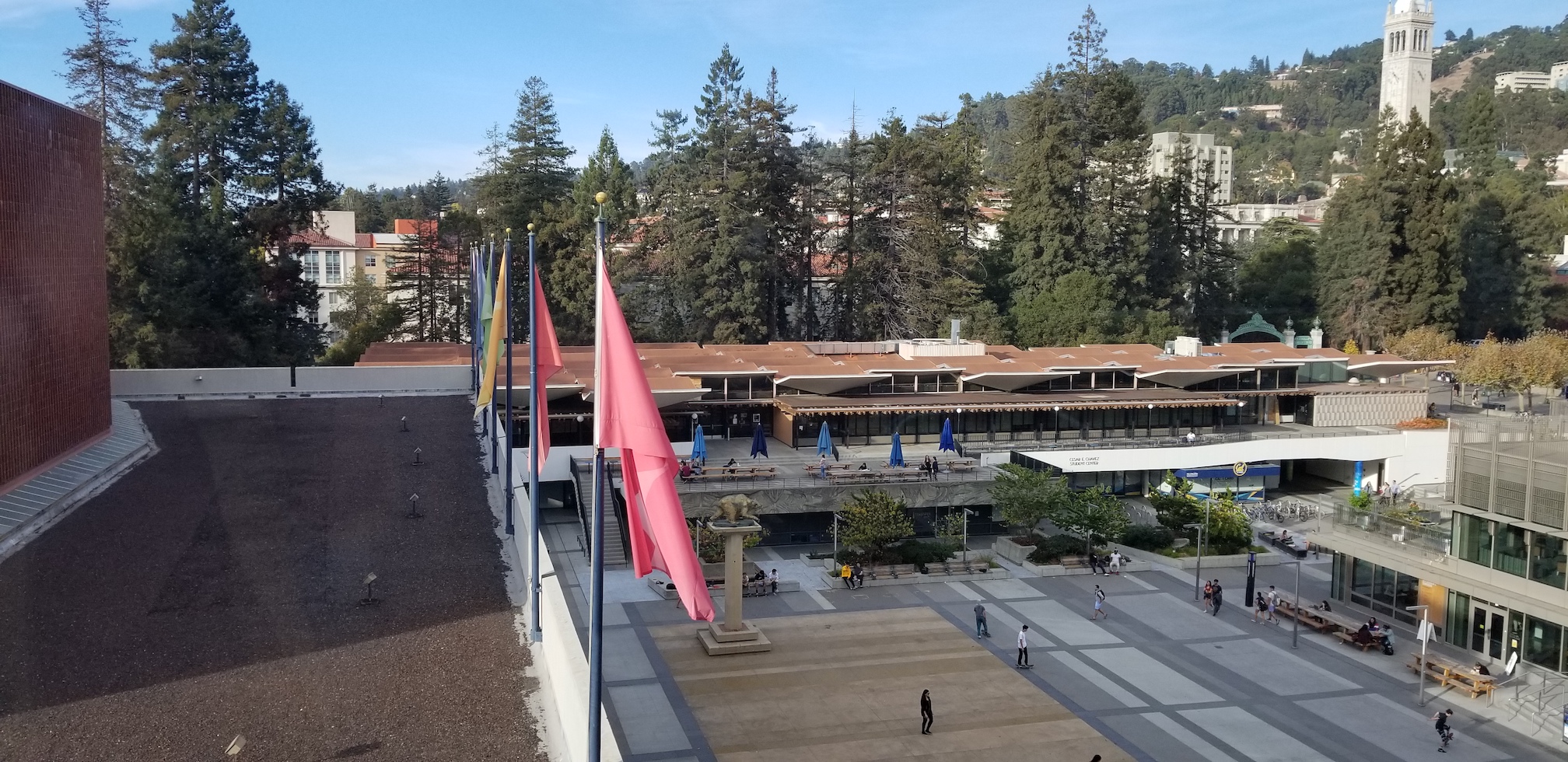
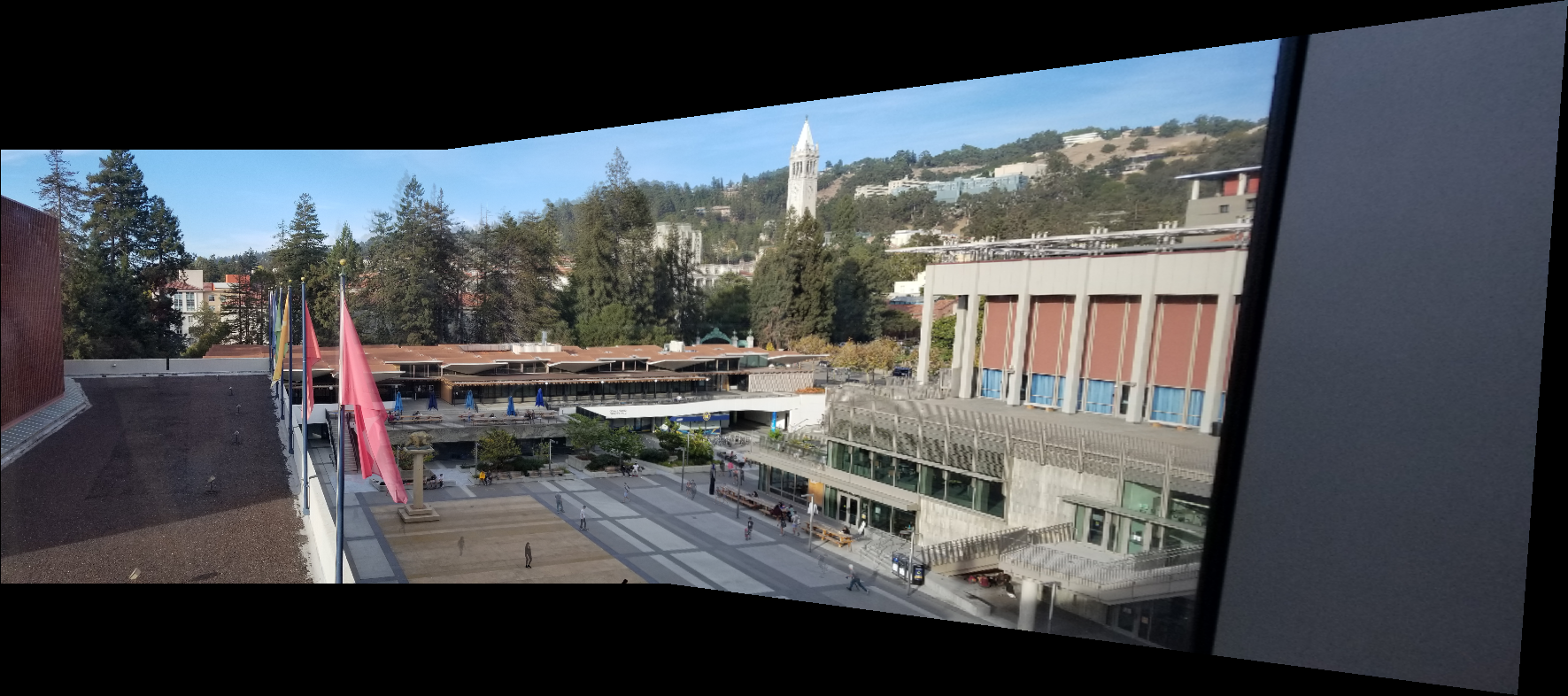
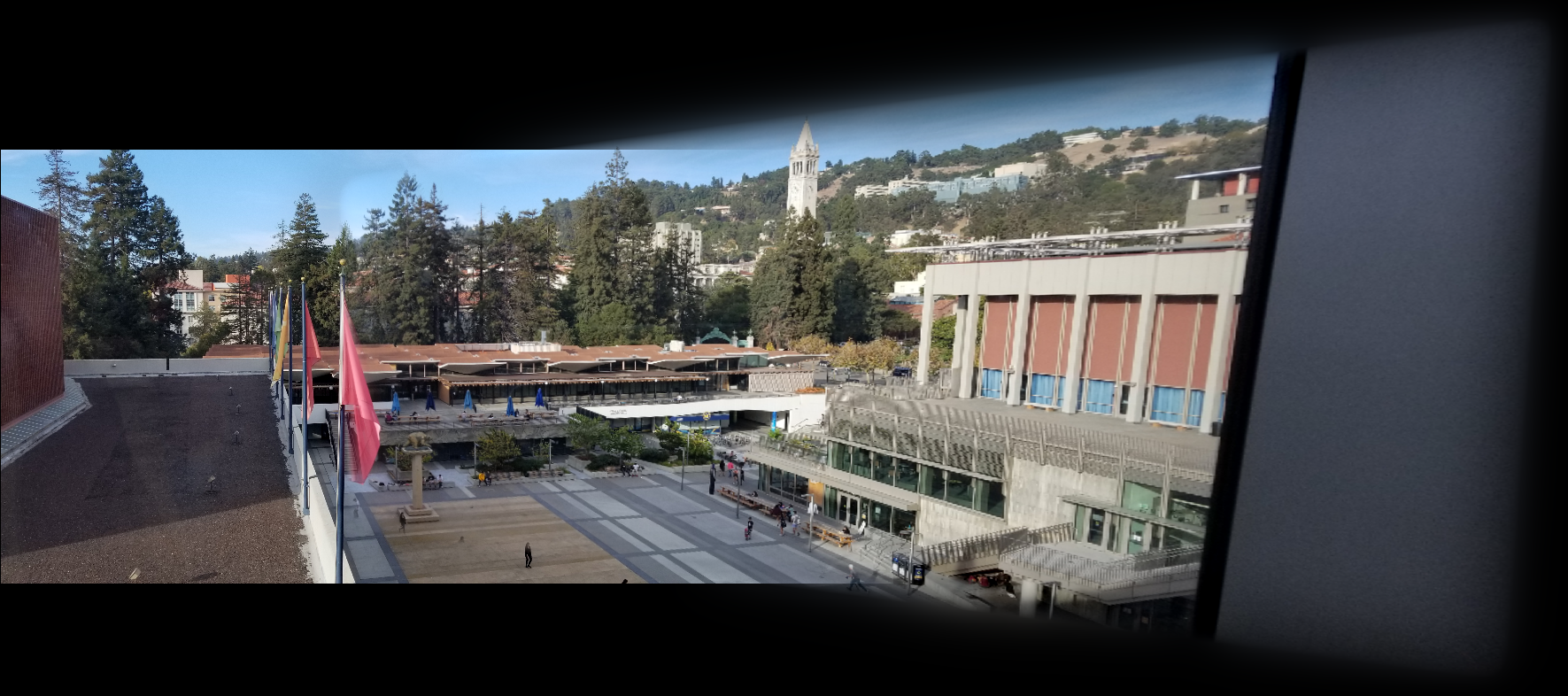

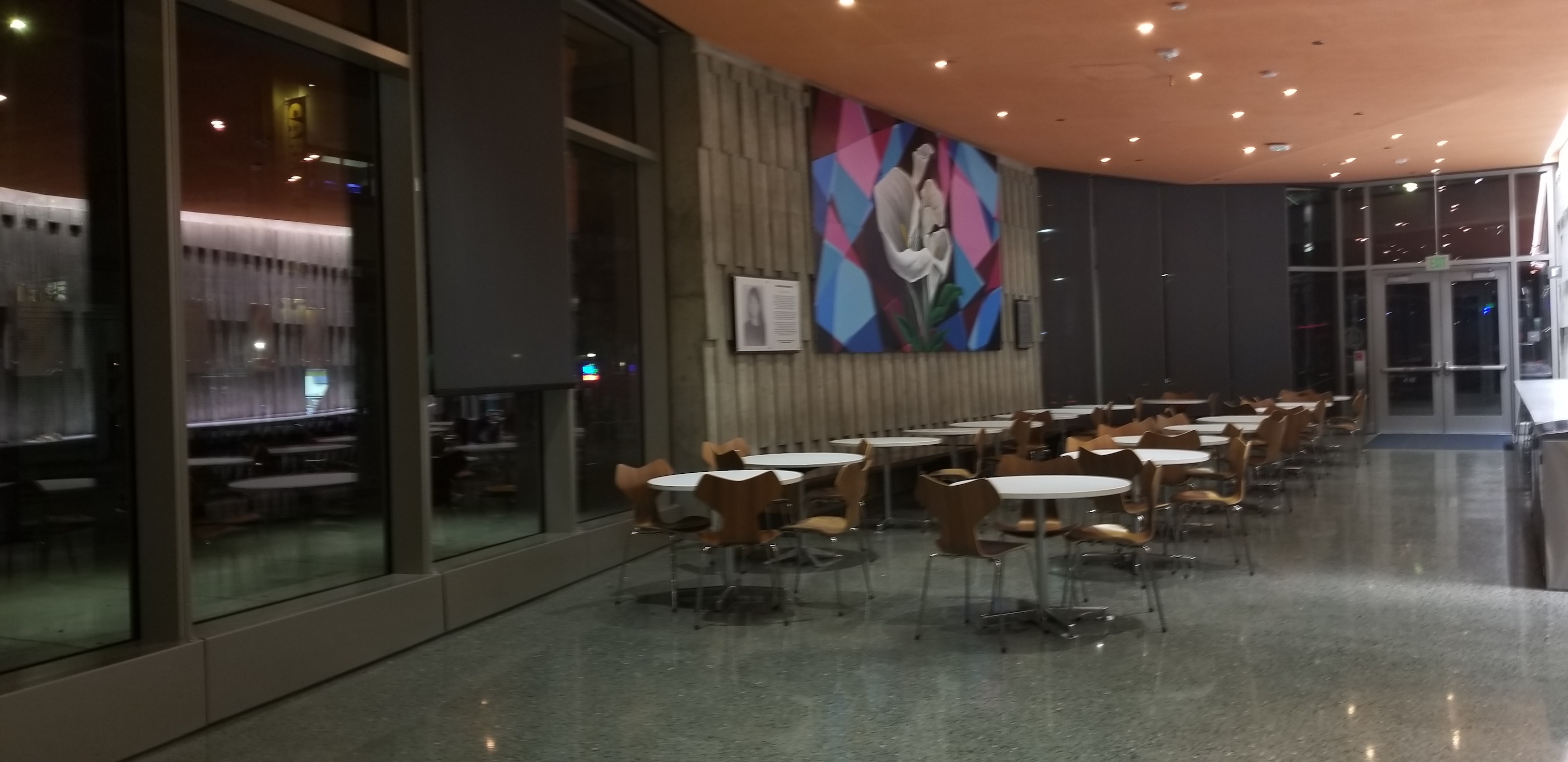
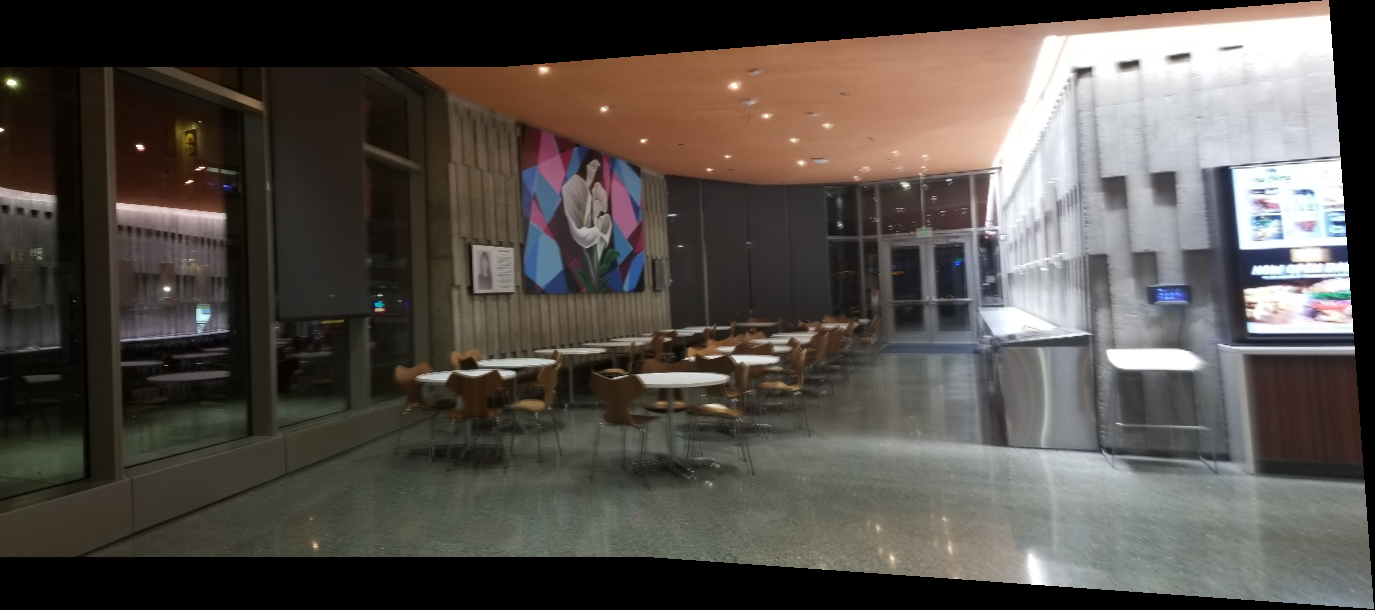
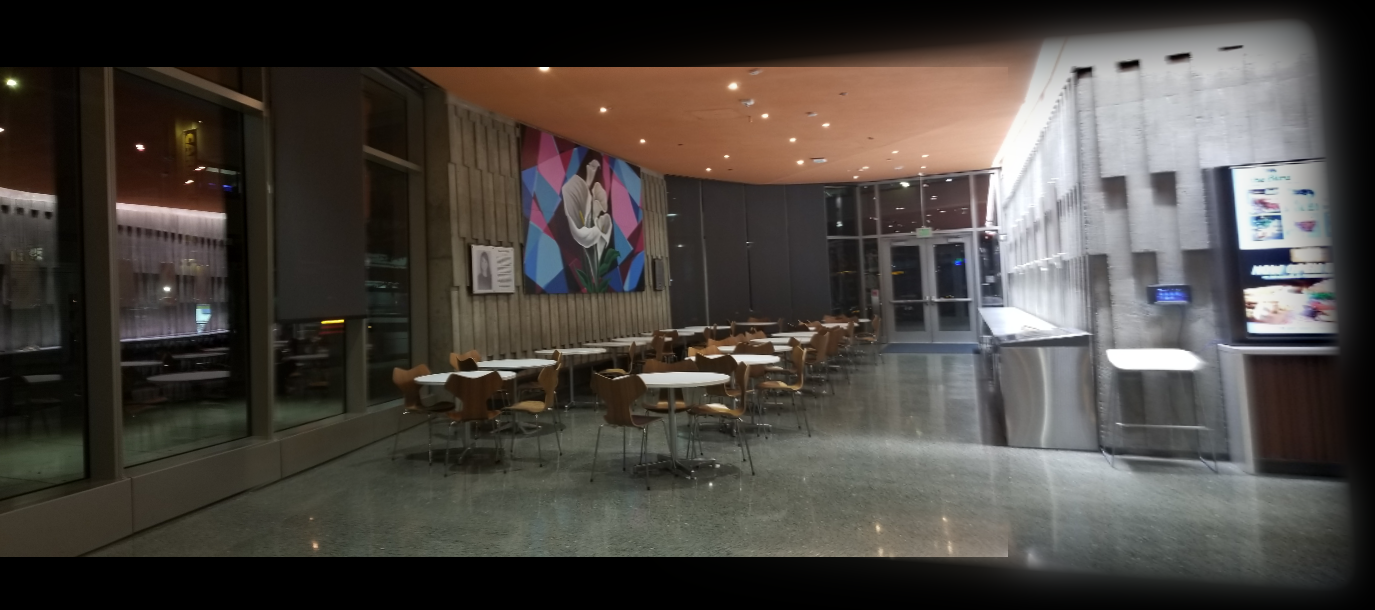

Before, picture 1

Before, picture 2

Results, Alpha Blending

Results, Laplacian Blending

Before, picture 1

Before, picture 2

Results, Alpha Blending

Results, Laplacian Blending

Before, picture 1

Before, picture 2

Results, Alpha Blending

Results, Laplacian Blending
3: Automated Feature Matching for Autostitching
Finding Correspondence Points
Harris Corners
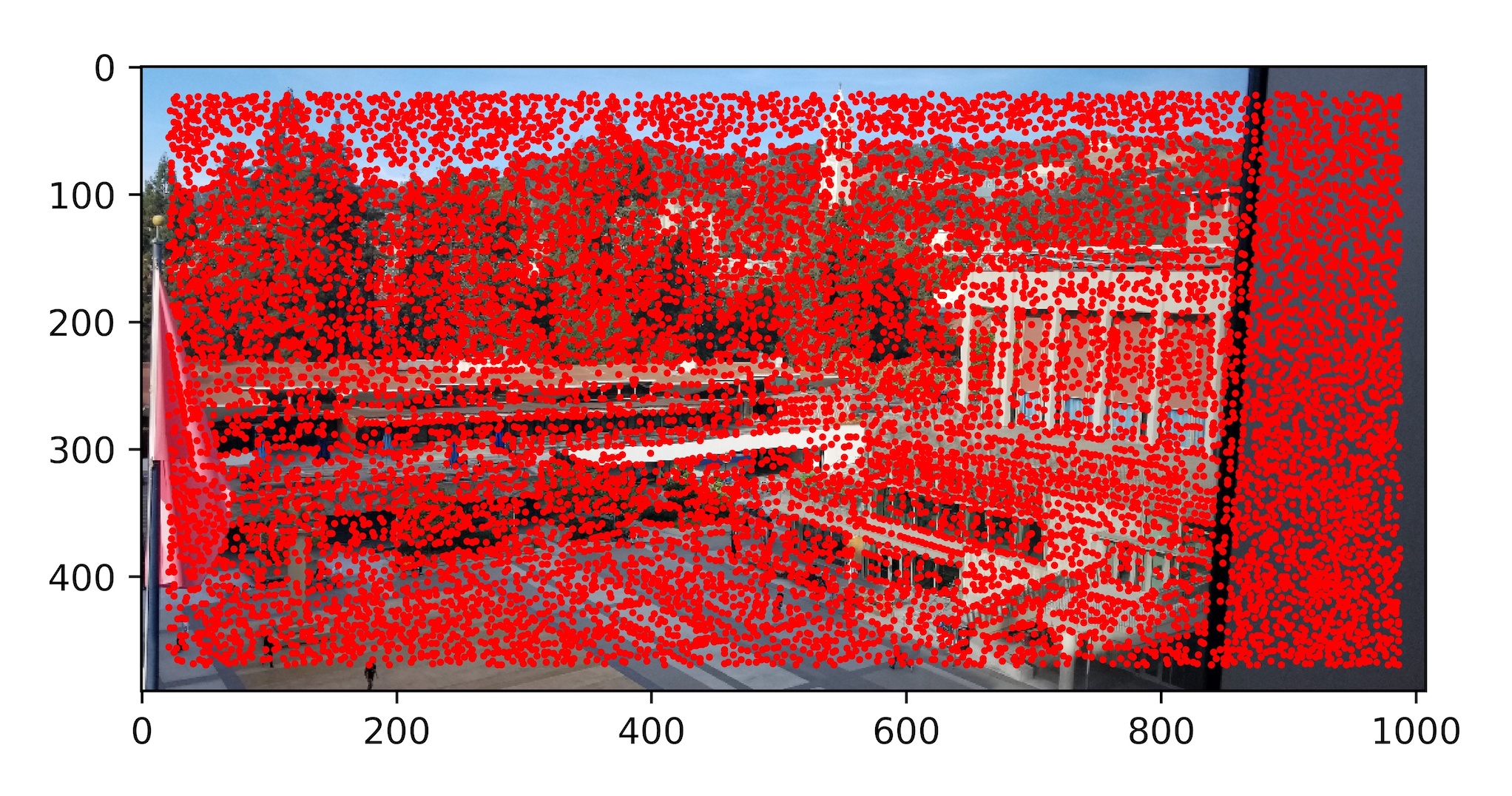
Lower Sproul, scaled 0.25
Applying ANMS post-Harris Corners
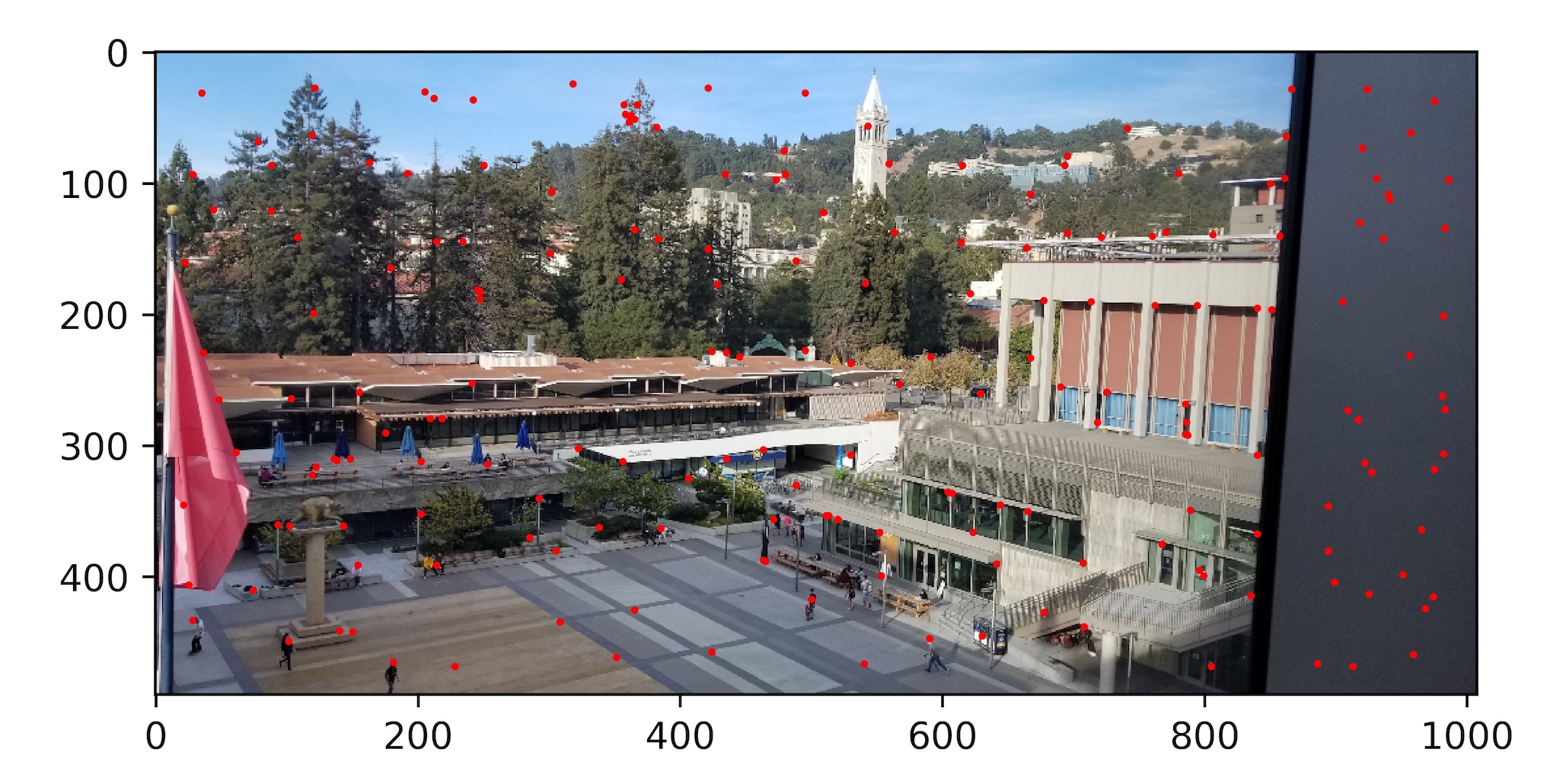
Lower Sproul, scaled 0.25
Results
Roof of Esh, Revisited

Before, picture 1

Before, picture 2
Manual

Results, Manual, Alpha Blending -- Warping Picture 1 to Picture 2
Auto
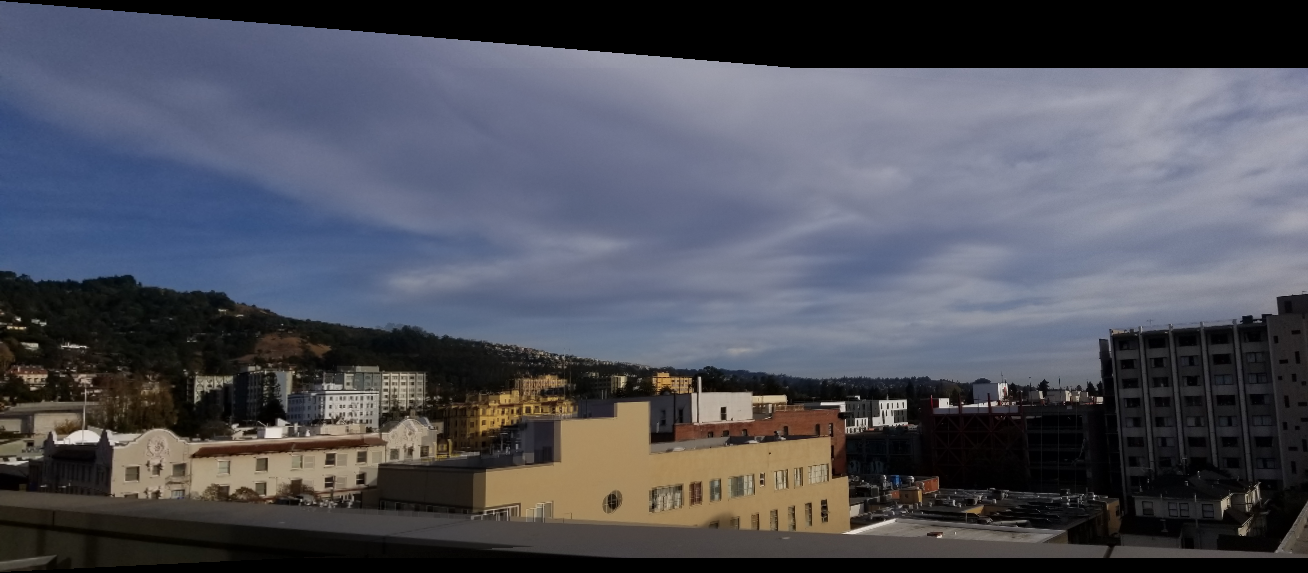
Results, Auto, Alpha Blending -- Warping Picture 1 to Picture 2
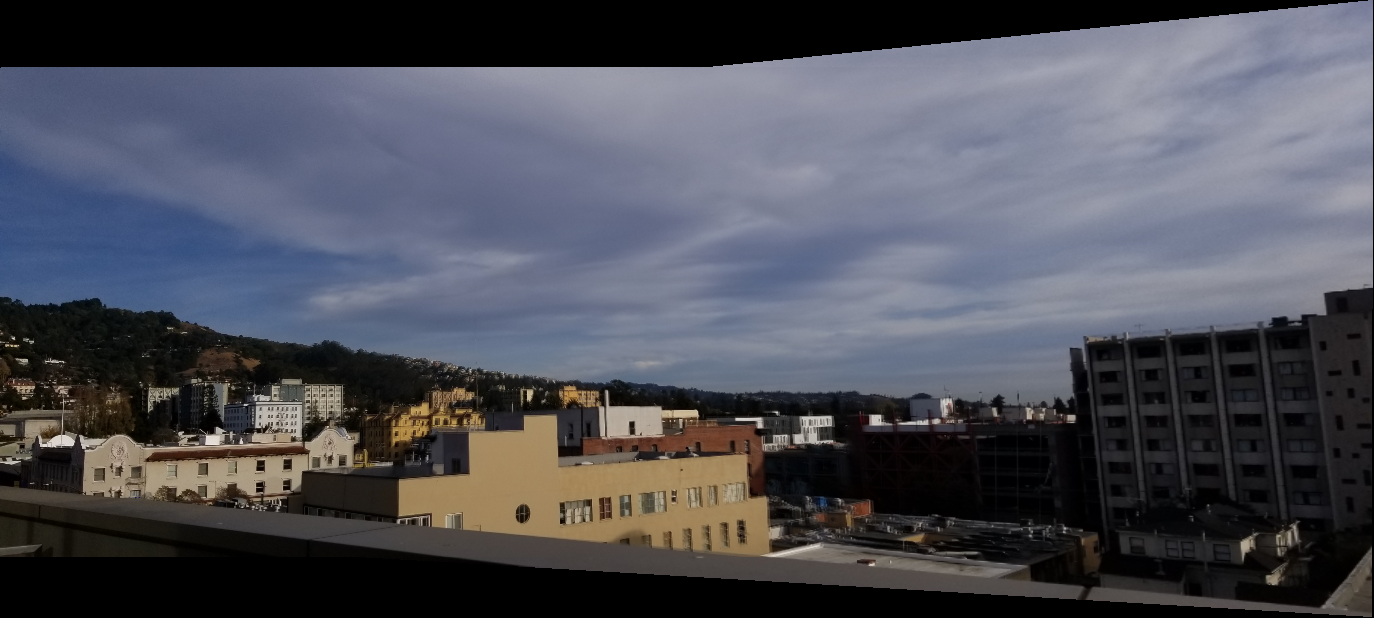
Results, Auto, Alpha Blending -- Warping Picture 2 to Picture 1
Lower Sproul, Revisited

Before, picture 1

Before, picture 2
Manual

Results, Manual, Alpha Blending -- Warping Picture 1 to Picture 2
Auto
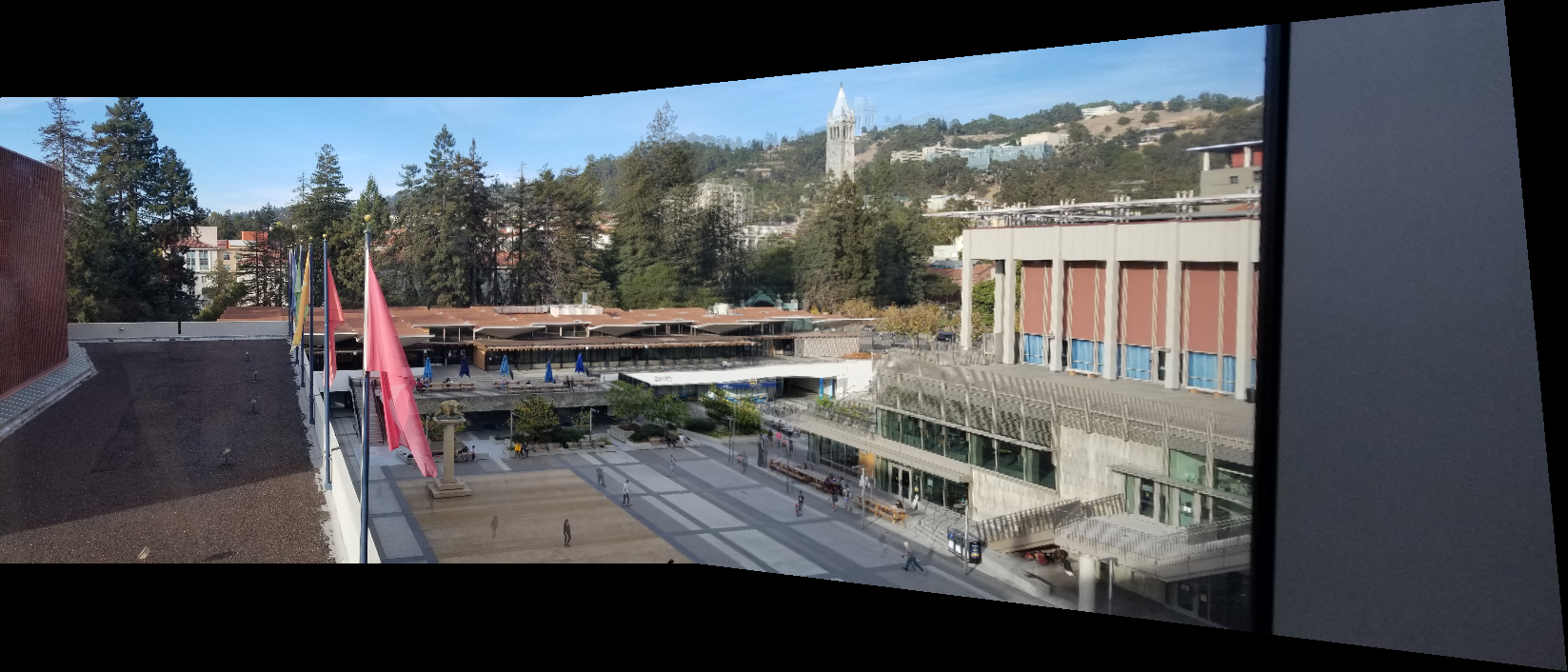
Results, Auto, Alpha Blending -- Warping Picture 2 to Picture 1
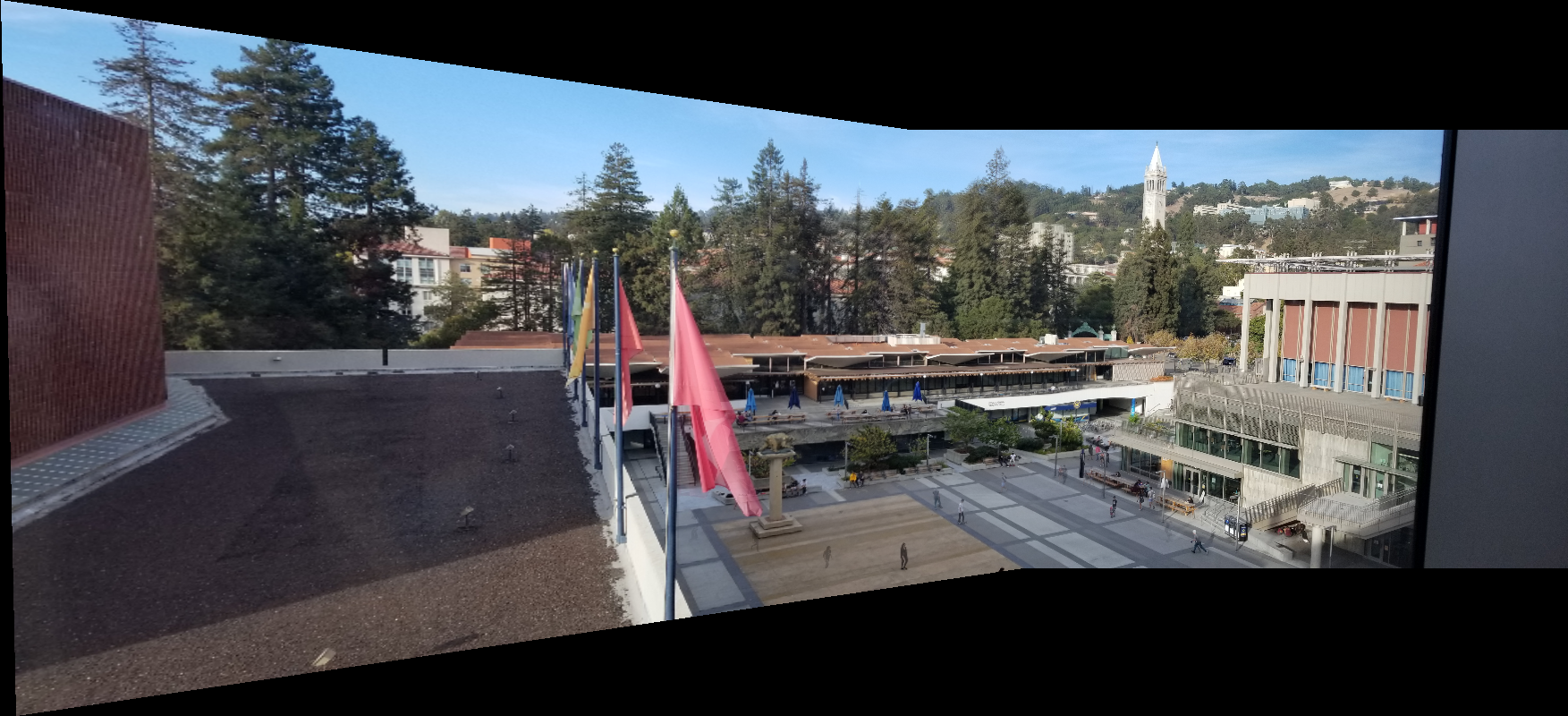
Results, Auto, Alpha Blending -- Warping Picture 1 to Picture 2
Starbucks
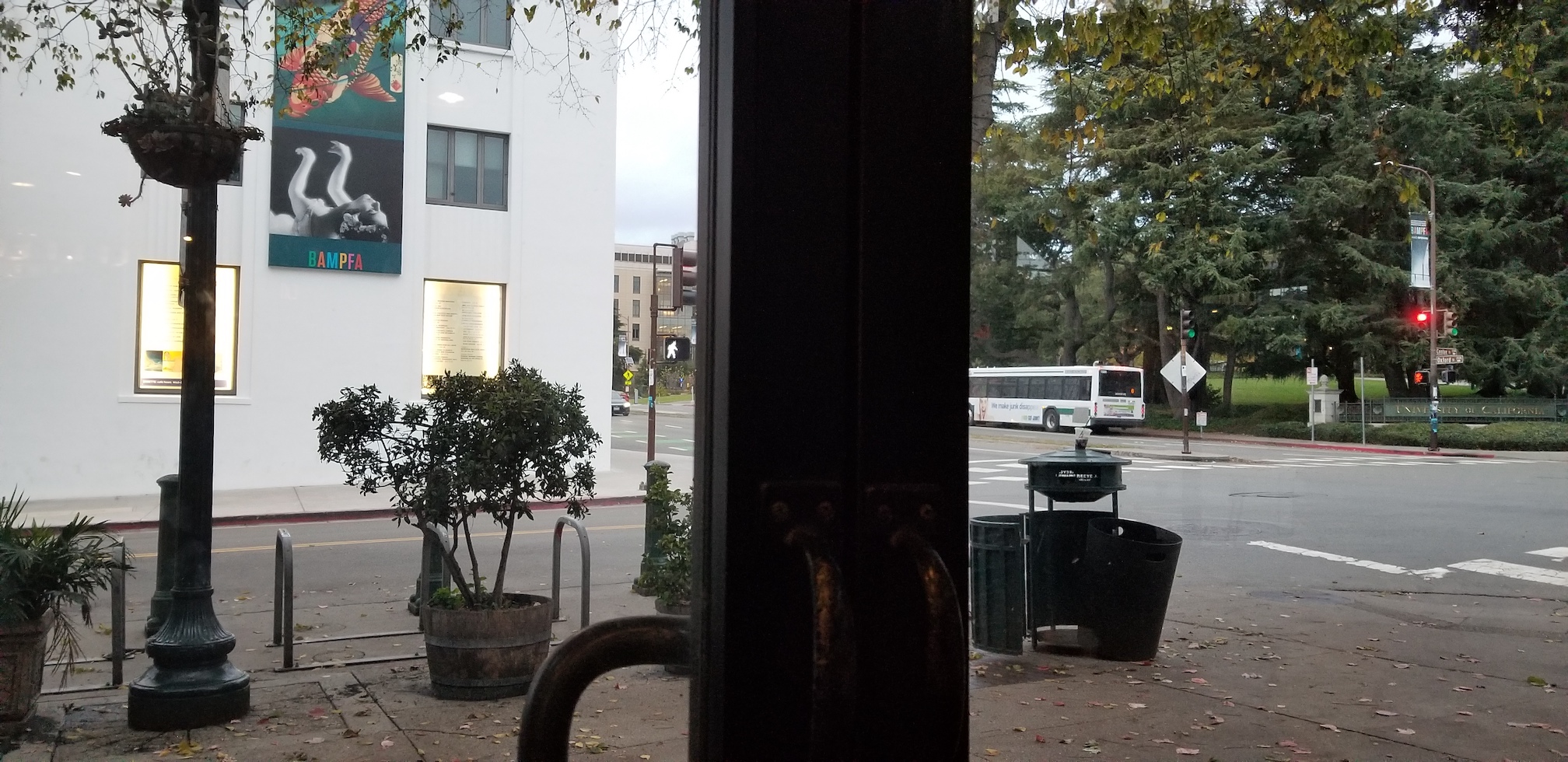
Before, picture 1
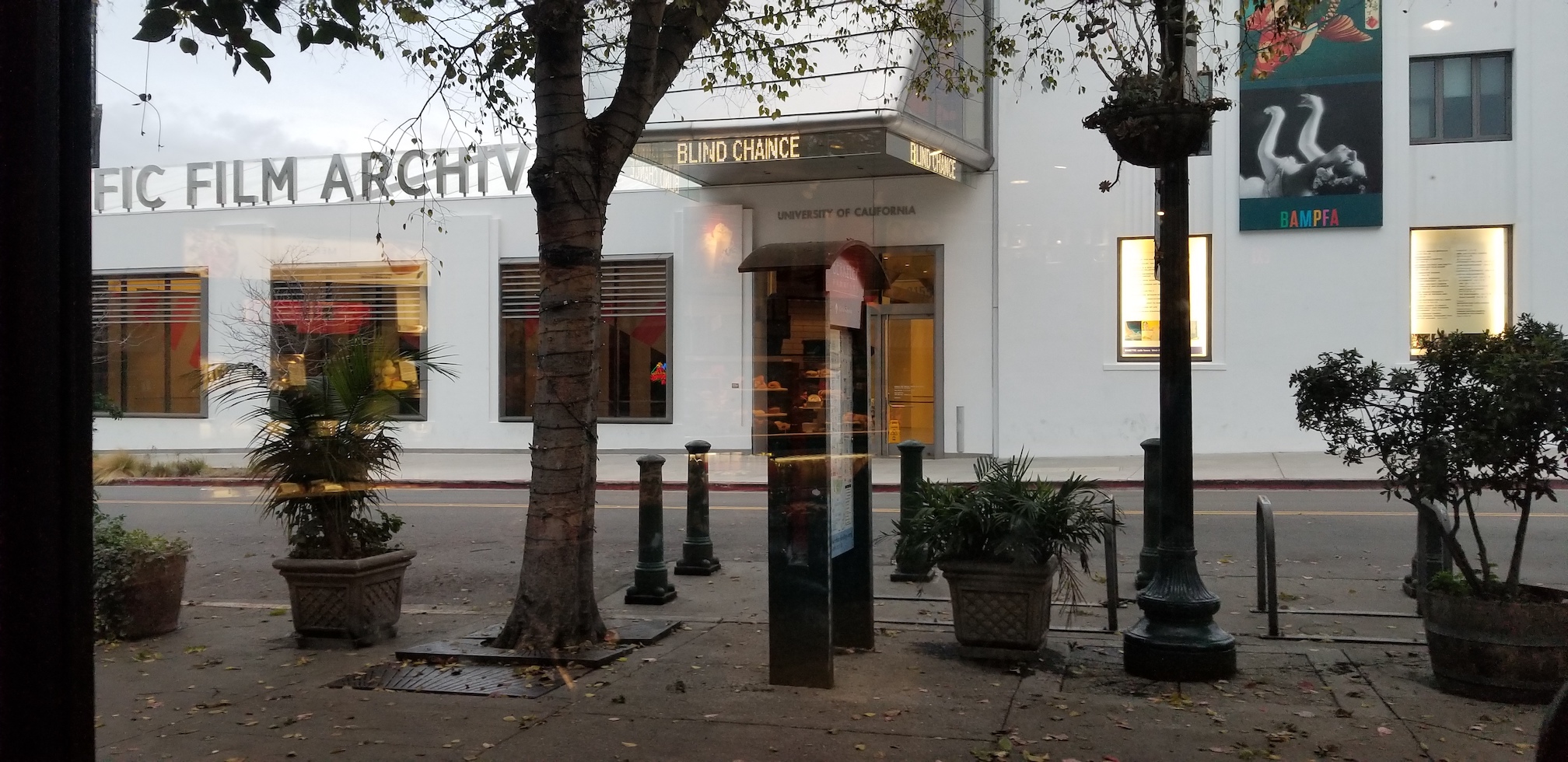
Before, picture 2

Results, Auto, Alpha Blending

Results, Auto, Alpha Blending - Zoomed in to the right half
4: Summary
I've learned that homographies can warp images very well, but is very sensitive to the correspondence points used. Additionally, blending can be optimized by prioritizing edges -- if anything there's situations where your homography warp might be mostly incorrect, but still produces a believable warp if the edges of the warps blend together in a believable way. Additionally, I found it interesting the algorithms Harris Corners, ANMS, and Ransac works really well in a lot of cases! Certainly far easier than matching points manually, as we did in part 1.